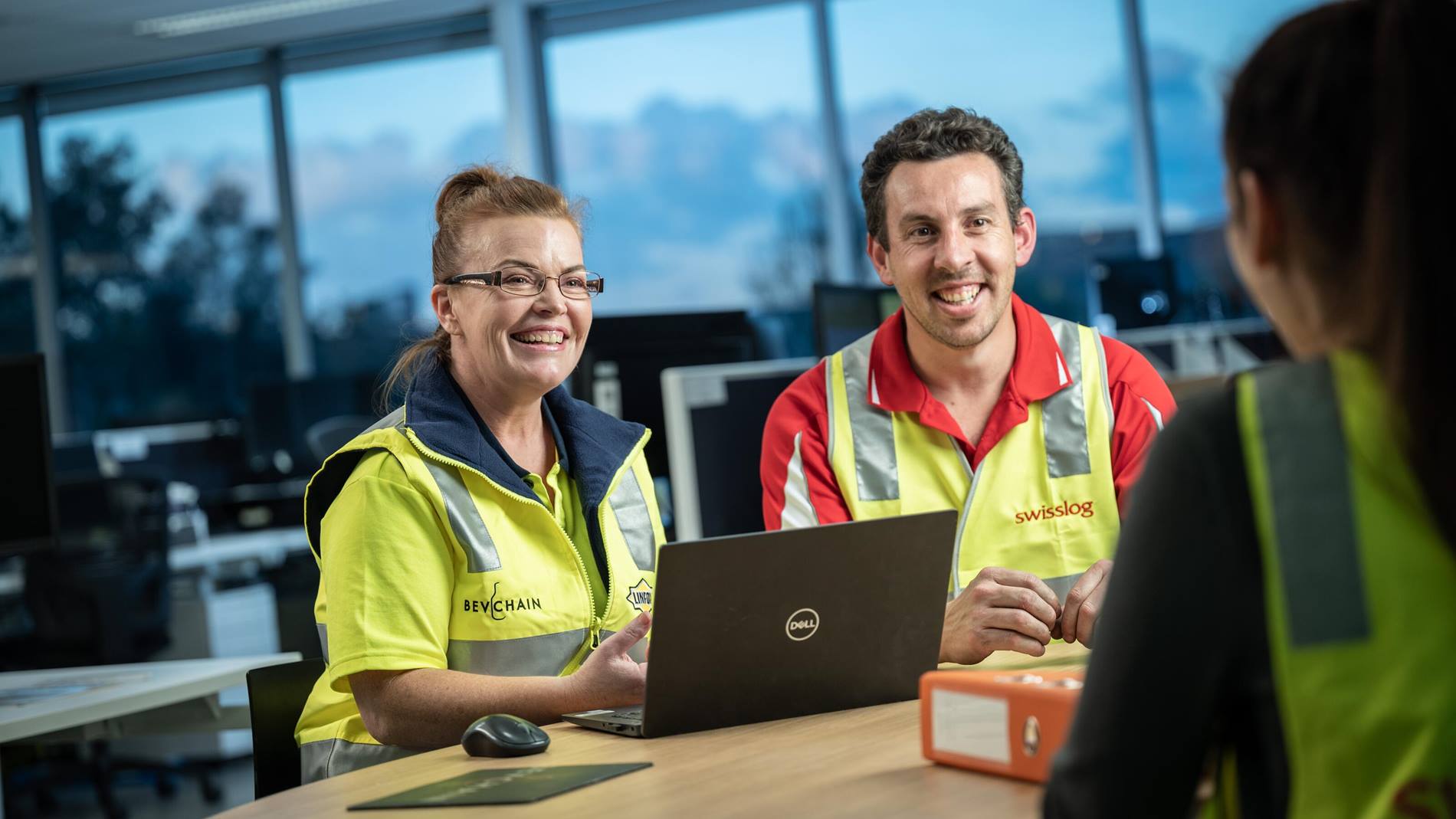The biggest factor in the success of a warehouse automation project

For companies new to automation, the process of defining requirements, selecting technologies, and transitioning from manual to automated processes can be daunting. Without the learnings from previous projects it’s hard to know all of the questions to ask and what to expect and prepare for.
Navigating the warehouse automation selection process
Successful automation projects can transform warehouse operations by eliminating labor and space constraints, increasing productivity and efficiency, and improving customer service. The key to realizing these benefits is to make sure you have the expertise you need to make informed decisions and to avoid taking shortcuts at the front end of the process.
Here are some examples of the types of issues that can easily be avoided:
- A company issues an RFP but provides no budget guidance to the vendors throughout the process. The responses all come in higher than planned, so the project stalls. Instead of moving forward, the company has to regroup internally, issue a revised set of requirements that fit the budget, and extend the timeline until new proposals are developed and evaluated.
- A company wants to move fast and has a plan for exactly what they want to accomplish and how they want to accomplish it. They include their own solution design in the RFP and establish a short timeline for a response since they view the RFP as a pricing exercise. Automation providers, who have done literally hundreds of similar projects, see opportunities to improve the design but aren’t given the time through the shortened RFP process to leverage their expertise and propose alternatives that will achieve project goals more effectively. The company gets the solution they asked for, but misses opportunities to optimize their design.
- A company goes through an extensive technology selection process and identifies the technology that best meets their needs. Their RFP spells out volumetric and hardware requirements but doesn’t adequately address requirements for software functionality, controls and integration with other systems. If these factors are not considered in the selection process, integration issues can create delays and missing functionality will require manual workarounds.

Closing the automation expertise gap
It requires specialized expertise to optimize the various processes required to effectively introduce automation technology into the warehouse. That expertise may not reside within your organization, but it does exist in the market.Engaging a trusted partner early in the process is a strategic way to bridge the knowledge and experience gap that exists in many organizations. By involving an experienced automation partner from the outset, you gain access to industry best practices, objective assessments of your current operations, and guidance on a solution design that aligns with your business goals.
Now, you may be reluctant to engage with a partner too early for fear of being steered in the wrong direction based on the vendor’s self-interest or getting locked into one supplier. But these fears are largely unfounded.
You can avoid the first by working with a partner that takes a data-driven approach to solution design and isn’t limited to, nor biased by, a narrow solution portfolio. They’ll analyze your data and material flow to recommend the technologies that best fit your need. Regarding the second fear, engaging a partner early doesn’t preclude exploring proposals from multiple providers later. The initial collaboration is focused on knowledge transfer, solution exploration, and requirements definition to help you clarify needs and understand what’s possible. If you decide to issue an RFP, you can be confident that your request to the market is grounded in real-world requirements and realistic budget expectations.
Finding an early-stage automation partner
All that being said, you do have to be careful your partner is capable of providing objective consulting and solution design in this scenario. We’ve all heard the old adage about the hammer manufacturer who sees every problem as a nail. That’s a situation you want to avoid.So, what should you look for? First, you want a partner with a proven track record in similar warehouse environments and a portfolio of successful implementations. Next, make sure your partner takes a technology-agnostic approach to solution design. That means starting with the data and process requirements to get to the right solution rather than starting with the technology and trying to figure out how it can work in your application. To support this approach, your partner should have experience with multiple technologies and material handling processes. Even if your current project focuses on automating each picking processes, for example, working with a partner with experience in pallet, case and multiple types of item picking applications helps ensure a holistic approach to solution design.
The final requirement is the hardest to quantify but you’ll know it when you see it: is your chosen partner working for you or for themselves? In other words, are they focused on your success or their own profitability? This may seem like too much to expect, but I can tell you from first-hand experience that at Swisslog we work as an extension of our customers’ teams to ensure they achieve their goals. Our goal is to build the trust that is the foundation of a long-term relationship. If we do that, we know we’ve been successful.









